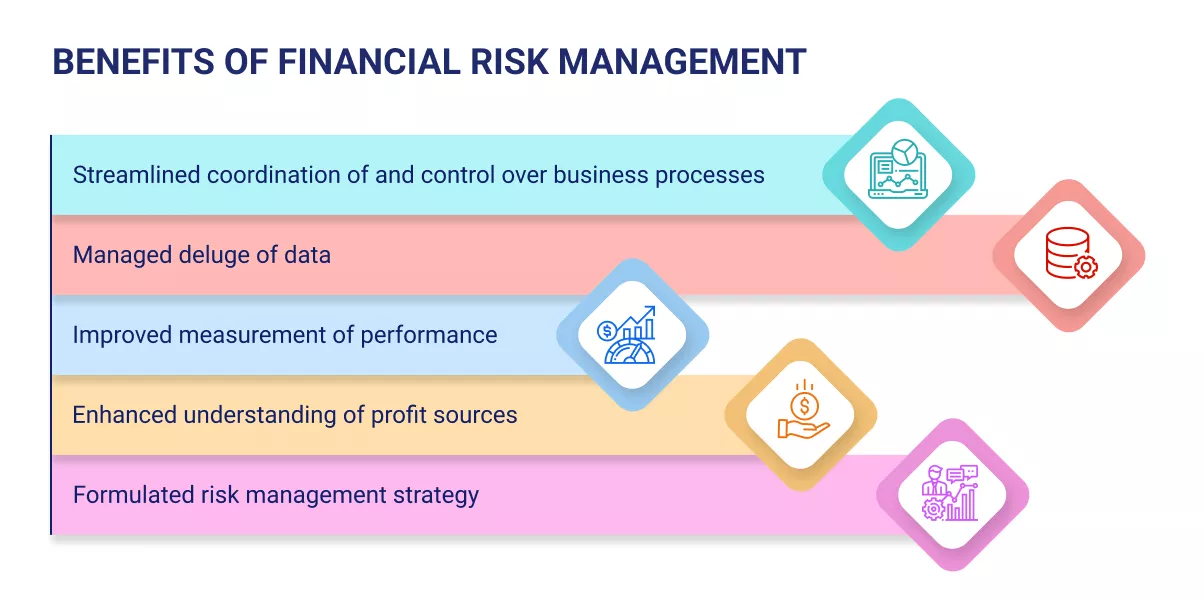The Importance and Importance of Risk Management in Ensuring Organizational Continuity
The Importance and Importance of Risk Management in Ensuring Organizational Continuity
Blog Article
Discovering the Value of Risk Management for Effective Decision-Making Strategies
In the detailed world of organization, Risk Management becomes an essential element in the decision-making procedure. The ability to recognize potential hazards and chances, and strategize appropriately, can spell the distinction in between success and failing. With devices such as SWOT and PESTEL, organizations are outfitted to make informed options, cultivating strength and adaptability in an ever-changing atmosphere. Wondering just how this works? Let's unload the characteristics further.
Understanding the Idea of Risk Management
Risk Management, an important element in decision-making, is frequently misconstrued or oversimplified. Risk Management includes structured and self-displined techniques, utilizing information and insightful analyses. From monetary unpredictabilities, legal liabilities, calculated Management mistakes, to mishaps and natural disasters, it resolves different threats - importance of risk management.
The Function of Risk Management in Decision-Making Processes
In the world of tactical planning and business operations, Risk Management plays an indispensable duty in decision-making procedures. Risk Management hence comes to be an essential tool in decision-making, aiding leaders to make informed choices based on a comprehensive understanding of the dangers included. Risk Management offers as a vital element in the decision-making processes of any organization.

Exactly How Risk Management Enhances Strategic Planning
In the context of calculated planning, Risk Management plays a crucial duty. Launching with the recognition of prospective dangers, it even more reaches the implementation of Risk mitigation measures. The duty of Risk Management is dynamic but not fixed, as it demands constant surveillance and adjusting of methods.
Determining Potential Dangers

Executing Risk Reduction
Having developed the value of recognizing prospective threats, the next step is to check out Risk reduction. This process includes creating and executing methods to take care of identified risks properly. It is an important facet of calculated planning as it improves decision-making by reducing potential unfavorable end results. Risk mitigation approaches can range from Risk evasion, Risk transfer, to run the risk of decrease. Each strategy must be tailored to the particular Risk, considering its potential impact and the company's Risk tolerance. Furthermore, effective Risk reduction needs a deep understanding of the Risk landscape and the prospective influence of each Risk. This understanding allows companies to focus on risks and allocate resources successfully, ensuring that the most significant risks are addressed first.
Surveillance and Changing Techniques
Though Risk reduction is a critical step in calculated planning, continuous tracking and change of these strategies is similarly vital. This continuous procedure permits companies to recognize new risks and reassess existing ones, making sure the carried out techniques stay effective in the ever-changing company environment. It likewise provides an opportunity to examine the success of the Risk Management actions, permitting modifications to be made where essential, more improving critical planning. Effective surveillance and modification call for the use of analytics and essential efficiency indications (KPIs) to gauge effectiveness. These tools supply valuable data-driven insights that can notify calculated decision-making. Therefore, tracking and changing Risk Management methods is a critical component for enhancing a company's strength and critical preparation.
Situation Studies: Successful Risk Management and Decision-Making
In the world of service and financing, effective Risk Management and decision-making usually serve as the pillars of flourishing enterprises. These cases highlight the worth of sharp Risk Management in decision-making procedures. These situations highlight the visite site crucial duty of Risk Management in tactical decision-making.
Tools and Strategies for Reliable Risk Management
These tools, such as Risk registers and heat maps, help in recognizing and evaluating prospective dangers. Risk action methods, a key part of Risk Management, include approving, staying clear of, transferring, or mitigating risks. With these methods and tools, decision-makers can browse the complex landscape of Risk Management, consequently facilitating informed and efficient decision-making.
Future Patterns in Risk Management and Decision-Making Methods
As we explore the huge landscape of Risk Management, it ends up being noticeable that the tools and strategies utilized today will certainly continue to advance. The principle of Risk culture, where every participant of a company is conscious and involved in Risk Management, will certainly gain much more prestige. These fads herald a more comprehensive and proactive method in the useful link direction of Risk Management and decision-making.
Verdict

Risk Management thus becomes an essential device in decision-making, aiding leaders to make enlightened options based on an extensive understanding of the threats involved. Risk reduction techniques can range from Risk avoidance, Risk transfer, to risk reduction (importance of risk management). Efficient Risk reduction requires a deep understanding of the Risk landscape and the possible impact of each Risk. Risk reaction methods, an essential component of Risk Learn More Here Management, include approving, preventing, transferring, or mitigating threats. The principle of Risk culture, where every participant of an organization is mindful and included in Risk Management, will certainly get more importance
Report this page